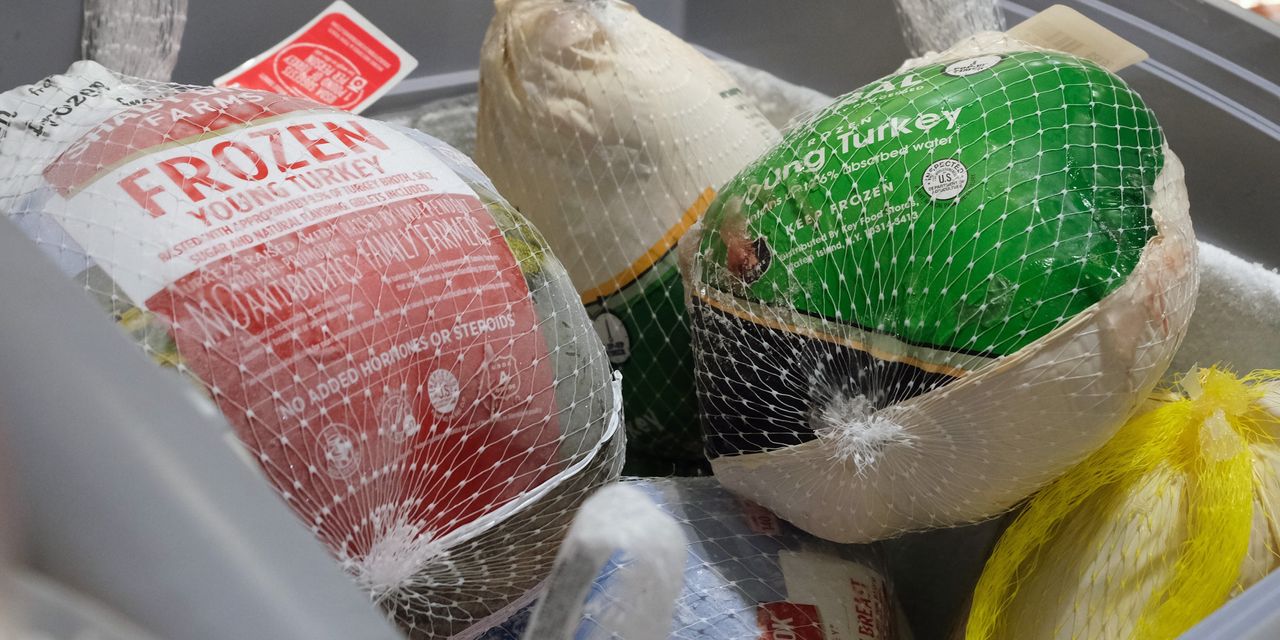The numbers: U.S. wholesale prices rose just 0.2% in October, a fourth straight soft reading that suggests inflation is on the wane after hitting a 40-year high earlier in the year.
Economists polled by The Wall Street Journal had forecast a 0.4% gain. The smaller-than-expected increase gave a boost to U.S. stocks in premarket trades and sent interest rates on the 10-year Treasury lower.
The increase in wholesale prices over the past 12 months, meanwhile, slowed to 8% from 8.4% in the prior month. It peaked at 11.7% in March.
A separate measure of wholesale prices that strips out volatile food and energy costs also rose 0.2% last month, the government said Tuesday.
The increase in these so-called core prices over the past year slipped to 5.4% from 5.6%.
Key details: Not everything was rosy in the wholesale inflation report.
The cost of energy jumped 2.7% in October, with oil prices likely to remain high in the months ahead. The oil cartel OPEC recently cut production.
Food prices also rose sharply again. Americans are paying a lot more to feed their families.
As a result, the cost of goods moved up 0.6% — the largest increase in four months.
Yet the cost of services fell slightly in a more positive sign. Service inflation has risen sharply in the past year and is harder to reverse, making it a particularly big worry for the Fed.
Inflation further down the pipeline also suggested price pressures are relenting. The wholesale cost of partly finished goods and raw materials both fell last month.
The PPI report reflects what companies pay for supplies such as grains, fuel, metals, lumber, packaging and so forth. These costs are often passed on to customers at the retail level and give an idea of whether inflation is rising or falling.
Big picture: The pace of inflation has clearly started to slow. A measure of the cost of living, known as the consumer price index, also shows inflation coming off a boil.
Inflation is cooling off partly because the Federal Reserve is rapidly raising interest rates. Higher borrowing costs slow the economy and tend to reduce inflation.
The danger is that the Fed could go too far and potentially drive the economy into recession. The faster inflation cools down, the faster the Fed can ease off the monetary brakes and stave off the threat of another downturn.
Looking ahead: “The improvement in the October inflation data, if it persists, supports the Fed’s expectation of a step down in the pace of [interest-rate] increases going forward,” said Rubeela Farooqi, chief economist of High Frequency Economics.
Market reaction: The Dow Jones Industrial Average
DJIA,
and S&P 500
SPX,
were set to open sharply higher in Tuesday trades. Investors are more confident the Fed can bring inflation down without bringing the economy down with it.

